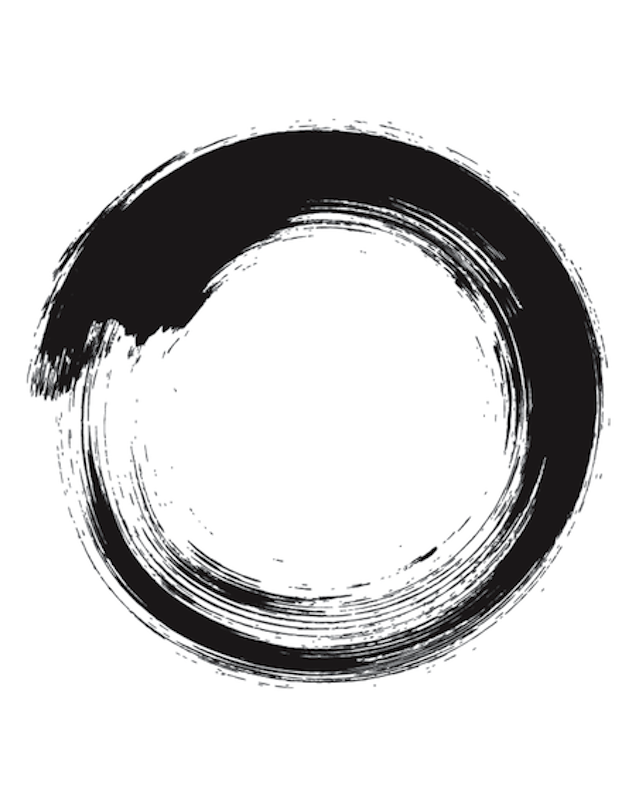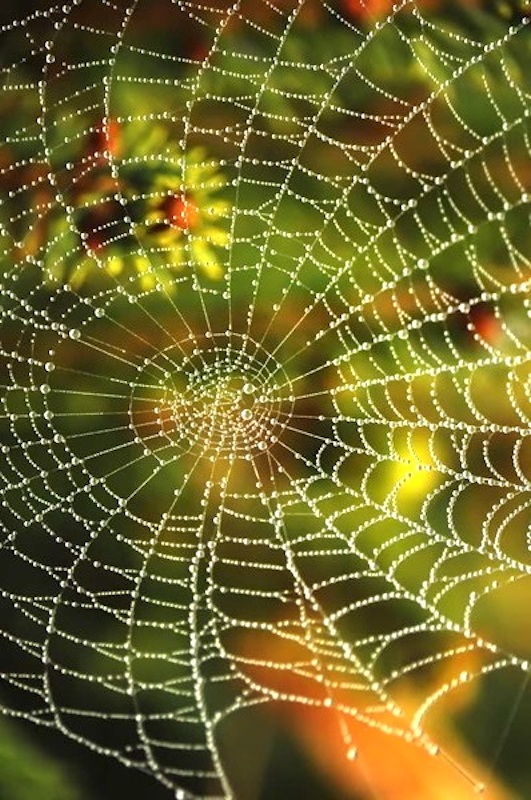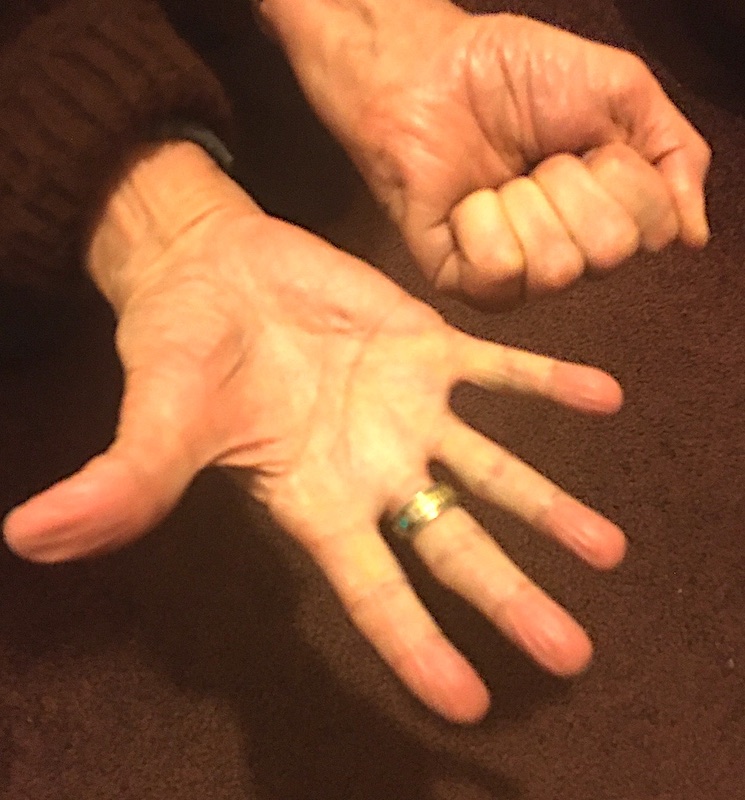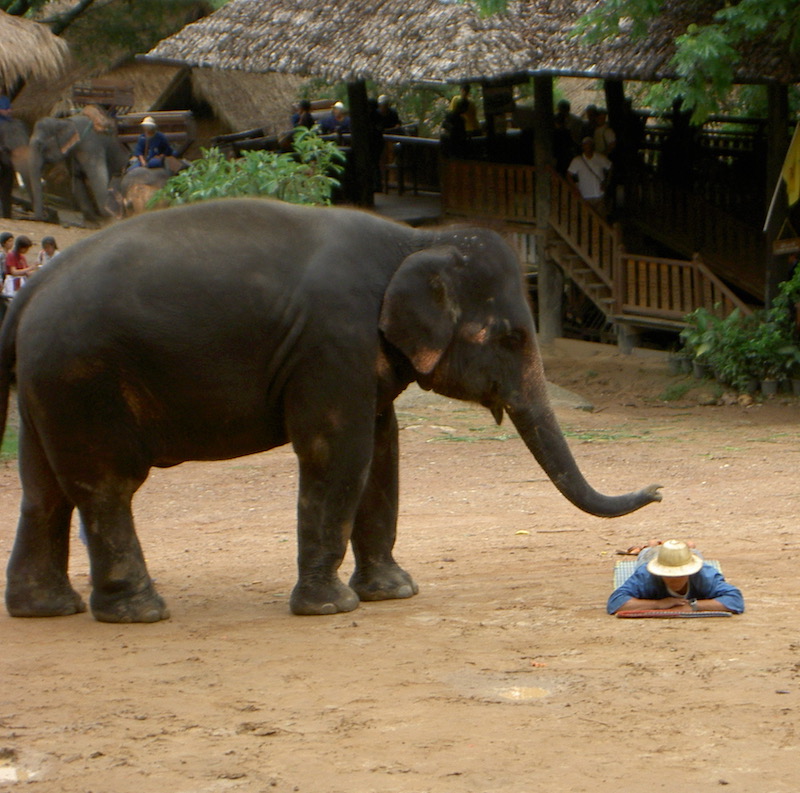THE CHALLENGE OF MEDITATION
Meditation does not come naturally to many of us!
As we evolved slowly through the ages, natural selection favoured looking outside rather than inside, as that’s where danger comes from.
Food and sexual partners are also out there.
This habit of looking out is a hindrance in meditation, as in meditation the mind needs to look inward to gain more intimacy with itself.
This creates a paradox:
Meditation helps to heal stress and anxiety, yet those make meditation a challenge, because they drive the mind to look outward instead of inward.
Here is a short Guided Meditation video that can serve as a model for daily practice:
TEXT:
• I sit with my back straight and my head in line with my spine. My head feels somewhat pulled back, as I often keep it a bit forward when I eat, read, and use my phone.
• I notice that I’m breathing. I breathe peacefully from the belly.
• I slow down the breath by silently counting to four for each in breath and each out breath.
• I pay attention to the sensations of breath.
• I do a quick body scan starting with my feet and ending with my face muscles. I release all tension.
• With all my attention on the breath and the body, there’s not much room for thoughts.
• I enjoy this peaceful state as long as I want.
• If an important insight comes, I recognize it, and take the time to jot it down.
• As I get ready to wrap it up, I take a moment to reflect on what’s right in my life and to find contentment.
MORE SUGGESTIONS FOR MEDITATIVE FOCUS:

REACH TOWARD A HOLISTIC PERSPECTIVE
The Circle stands for a holistic attitude.
Take time to consider the whole picture as you plan your day, as you shop, drive, and eat.
Lack of a holistic vision is at the centre of today’s climate challenge.
It is also at the heart of problems with relationships, family life, parenting, and work-life balance.
The individualistic point of view comes naturally to us. To see the whole picture may require constant intention.
Let love and wisdom be your guides...

WAKE UP TO INDRA’S NET
You would think that Indra is a kind of spider, but no, he is a deity from Indian mythology and Indra’s Net is a way to visualize the wholeness of nature. This image stands for the connectedness of everything in nature.
The way I drive has an effect on the melting of polar ice, and what I eat has an effect on the quality of the air I breathe. ‘Dependent co-arising’ is a term sometimes used to refer to this connectedness. It refers to the fact that things that look separate at the front-end are actually connected at the back-end, and further, that they have no independent being.
The raindrops on the web are you and me, our elected representatives, the apple tree in the backyard, and what’s on TV tonight. They appear as worlds in themselves while reflecting one another.

LET GO!
* Don’t hold on to grudges, arguments, regrets.
Don’t hold on to anything out of habit.
* Open the hand of thought when you meditate.
* Let every thought, every experience come fresh as you walk, and as you go about your day.
* However, feel free to hold on to positive thoughts and feelings intentionally.
Exercise choice…

ADJUST YOUR SAILS, DO NOT TRY TO CONTROL THE WIND
This is how Odysseus, Columbus, and other famed sailors reached their destinations. To start,
* Assess the wind. In business, it is the demand for a product. In a relationship, it is your partner’s personality.
* Figure out an appropriate course of action. In the Buddhist tradition, this principle is called UPAYA, or skillful means.
* For a student it means to know yourself so as to choose the right teacher or the right path. For a teacher, it means to know a student well enough to adapt a teaching to their needs.
* In meditation choose the time that works for you: early in the morning, after breakfast, when you wake up at night. Choose how you meditate: with mantras, guided meditations, alone, or in a group. Choose where you sit: in front of a window, in your bedroom, or create your special spot.

LET IT BE…
The Beatles said it with their song Let it be,
* Notice that though they are shaped by the same forces of Wind, Waves and Tides, each beachstone is “same and different” as the Zen tradition would say.
* Whatever it is, unreasonable people, unruly children, bad weather… let it be with a smile.
* Connect your smile with a smiling heart, a smiling mind, and a smiling body.
* Let the smile be your home. Come home to your smile with every breath. If you are walking, come home to it with every step. Do not let thoughts take you away from it. Let the smile be an expression of your life, like the flower is the expression of the life of the plant.
* Wherever you go, take your smile with you.
(Here ‘SMILE’ means a relaxed and open expression.)

KEEP ‘THE BLUE ELEPHANT’ IN MIND
You know what happens when you say, “I will not think of a pink elephant.” You actually think of one!
Instead, just think of a blue elephant, and watch the pink one disappear effortlessly.
“I will not think of food”, also has the opposite effect. With “I will not be anxious” you actually touch anxiety, and with “I will not think” you are already thinking!
Message? Use positive language. Examples:
* I will focus on the sensations of breathing.
* I will be one with my breath.
* I will keep love in mind when I speak.
* I’m safe here, I can relax.
Many of the precious insights that define Zen masters happened outside regular meditation periods.
Here are some mental activities that are productive:
1. Mindfully going over a past moment or encounter (Reflection)
Reflection comes naturally to us, especially when we wake up in the morning. Let it happen.
Here, ‘Mindfully’ means without self-bashing.
2. Mulling over the meaning of an event or thought (Contemplation)
A retreat often starts with a talk. The expectation for the following meditation sessions is for participants to digest it, not to ignore it. This is done with thinking.
3. Following up on an insight (Creative Meditation)
Insights sometimes come spontaneously, or unexpectedly. They may also come in dreams. Honour them. They may be introducing a new chapter in your life. Consider journaling.
4. Focusing intentionally on love and kindness, including toward yourself
The love that comes from a feeling of oneness with other living beings is part of what is meant by Awakening.
5. Letting a mantra or a song guide your meditation (Mantra Meditation)
The Beatles played a part in the Hare Krishna movement. Sikhs and many other Indian traditions use Kirtans as their principal way of meditating.
PRESSURE IS INEVITABLE, BUT STRESS IS OPTIONAL
We sometimes hear people say, “He has a stressful job.” This implies that work is to blame when the worker has difficulty adapting. But that’s not always true…

Even a dog knows how to put pressure on its owner so she’ll take him out for a walk!
Mindfulness allows us to distinguish outside pressure from our thoughts about that pressure.
Avoid turning pressure into stress. Stress comes from our attitude toward pressure. Mindfulness is a way of self-monitoring that alerts us when we turn pressure into stress; this is the beginning of self-regulation.
From time to time take a deep breath and notice what your mind is doing.
Is it ruminating, daydreaming, or celebrating the moment?
Is it helping you move forward in your projects?
PAIN IS INEVITABLE, BUT SUFFERING IS OPTIONAL
“Life is suffering” is one of the Big Lies of Buddhism.
Nowhere in the Pali canon does the Buddha himself actually say this.
-Thanissaro Bhikkhu
Stuff happens to everyone; accidents happen, or we get sick. We lose a loved one or a job, or get dumped by a lover. The way we respond to these painful events determines whether and how much we suffer. Do we respond with serenity and accept the things we cannot change as the Serenity Prayer urges us to do?

Many people respond with negative thoughts such as, “Why me? Why now? What did I do to deserve this? This is so awful. It should not happen. Life is so unfair.” Buddha called such thoughts ‘the second arrow’. The idea is that the first arrow caused the actual pain. Now those negative thoughts around the pain are like a second arrow that hits the already hurting wound and makes it worse.
Buddha’s remedy was the teaching known as ‘The Noble Eightfold Path’. That path includes seven other elements besides Mindfulness.
Mindfulness means observing what’s happening (pain) nonjudgmentally; then, all those negative judgments go out the window, and only raw pain is left. Surprise; raw pain is pretty bad, but not as bad as feared.
Mourning is a natural and healthy response to loss. But at a certain moment, acceptance of the new situation must prevail, and we must overcome our resistance to change and adapt.
LET US PLANT FLOWERS AS WELL AS PULL WEEDS…

GREEN TARA—A MODEL FOR INTEGRATING
MEDITATION INTO EVERYDAY LIFE
Tara is not meditating in a vacuum—her life has context. She has one foot on the ground ready to go; she is responsive to others and to their needs.
Meditation is not opposed to or separate from the life of a couple, from family life, or a fulfilling work life. Those things provide us with meditation themes; they also make our days rich and fulfilling.
Let’s not just admire her from a safe distance; let’s be Tara.
BUDDHA HERE-AND-NOW
These images are images of meditation.
Do not let them drag your attention toward a historical person
who lived a long time ago.
See them as yourself in meditation.



